My name is Dayanee Faust and I am a fourth year at CSU studying Fish, Wildlife, Conservation biology. I had the amazing opportunity to be a CNHP Siegele intern this past summer, and I enjoyed every minute of it. It was the perfect introduction to field work and allowed me to work on an array of different projects that really broadened my interests in the natural resource field. I got to work on projects involving botany, forestry, wildlife and fisheries.
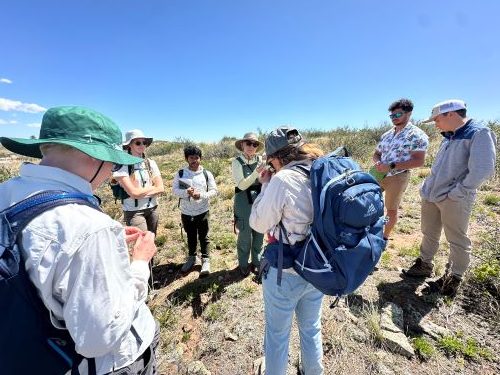

The botany work I was involved in was doing rare plant surveys in both Jefferson County and Ouray County. In Jefferson county, this involved hiking up and down drainages looking for a plant called Astragalus sparsiflorus which has a ranking of G2/S2. This means that on a global and state level, this plant is considered very rare. During this hitch, I improved my plant ID, learned how to press plants, and learned how to take points and data down on field maps. I spent my last two hitches up in Ouray looking mainly for rare high-elevation Draba and Astragalus species. This hitch really challenged me because oftentimes these species would have very similar lookalikes and be found on pretty steep terrain, but I slowly improved at learning the key identification features. There, I also got to attend and listen in on a meeting with community members and Ouray county commissioners addressing the conservation work being done by CNHP. It was nice to see the community involvement aspect of conservation.
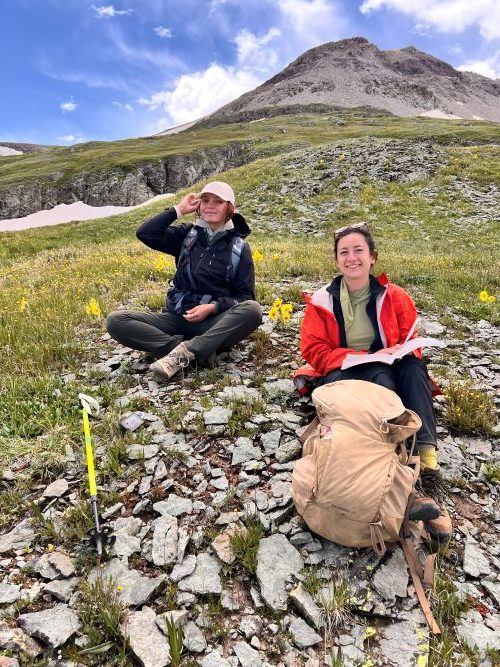
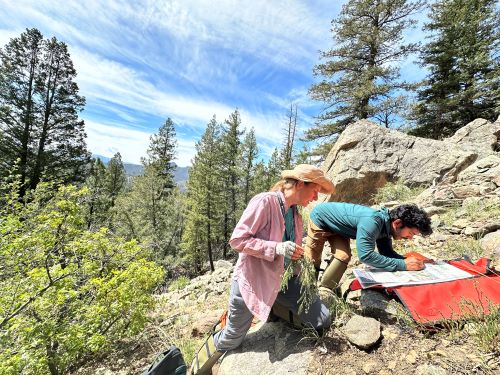
I had a few days of forestry work with the Nature Conservancy working on post-fire ponderosa regrowth monitoring plots. We went to a few burn sites from the Cameron Peak and High Park Fires where Ponderosa Pine saplings were planted last spring and took growth and position data on the first 25 saplings we encountered within ten meters of the transect line. This data will be used to monitor the ponderosa’s survival and growth rate over the next few years. The work was very fulfilling and I really enjoyed learning how the restoration process works post-fire.
I was also able to do some wildlife and fisheries work this summer! I worked with CNHP on their Preble’s jumping mouse project at the Air Force academy. During this project, we would set traps in the evening, and check the traps in the early morning. When a preble’s jumping mouse was caught, we would check if it had a tracker, install one if it did not, and release it. We repeated this for a week to get a better idea of their population. We deployed 480 traps along 12 transects so I became very familiar with the procedure. Preble’s jumping mice are currently threatened in Colorado, and I love that I got to be involved in such meaningful work! I also worked with the Forest Service’s wildlife team for a few days doing GosHawk Survey, setting up bat acoustic monitoring, and electrofishing! It was my first time doing all of these things and I learned a lot thanks to the mentors. I also got to see a ton of wildlife in general throughout the internship including two black bears, a herd of elk, two rattlesnakes, and the biggest moose I’ve ever seen. While I was not primarily working on wildlife projects, I ended the summer very satisfied with all of the wildlife I got the opportunity to see through this internship!
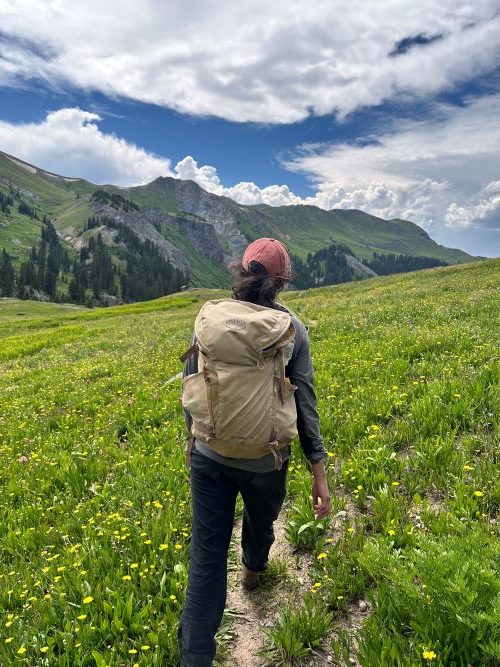

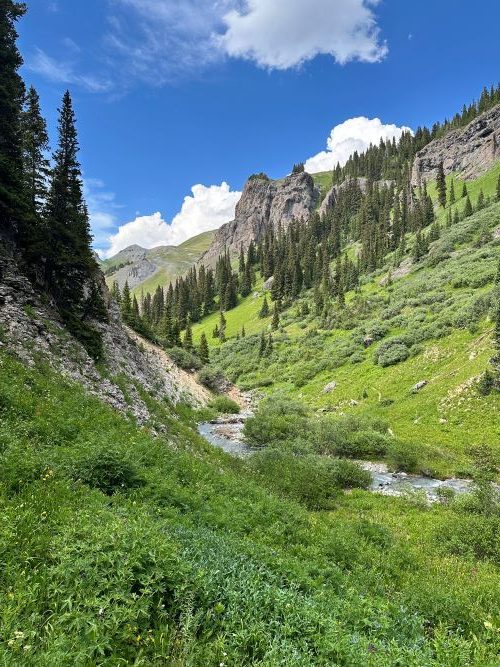
I also got to attend the Shack west Bioblitz. Not only did I get to work with a few of my fellow interns, but I also got to work with a number of amazing scientists that all had their own specialties and were so open and willing to share their knowledge with us. I got to experience a little bit of everything and really appreciated getting to chat with the mentors and hear about their work and their experiences. I feel so grateful that I have gotten the chance to learn so much and gain so much hands-on experience through this internship and would highly recommend it to anyone that has the opportunity!




